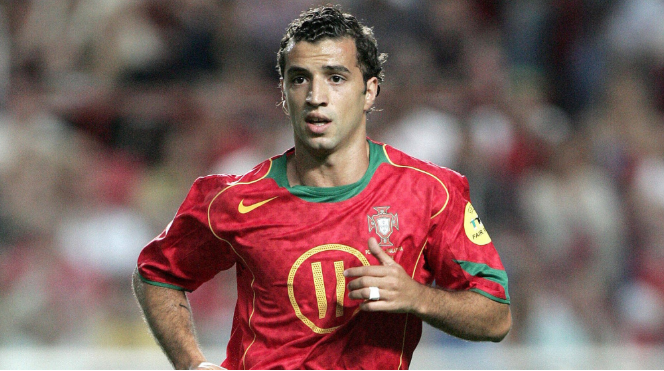‘Viva Fidel!’: Castro’s makes final trip across Cuba
A military jeep took the ashes of Fidel Castro on a four-day journey across Cuba on Wednesday, with islanders lining the roads to bid farewell to the late communist icon.
After two days of tributes to Castro in Cuba’s capital, the “caravan of freedom” departed Havana in the morning for a 950-kilometer (590-mile) trek, back on the route of his revolution’s victory tour of 1959.
The flag-covered cedar urn rested on a small olive-green trailer behind the jeep, flanked by white flowers and protected by a glass case.
Hundreds of thousands chanted “I am Fidel!” and “Viva Fidel!” as the convoy headed on a long trip through the countryside that will end with a burial in the eastern city of Santiago de Cuba on Sunday.
Thousands of supporters lit the night with their phones as the remains of the man who ruled the island of almost half a century arrived in Cienfuegos, 230 kilometers southeast of Havana.
“Seeing the ashes hurts your heart. I have cried for me and for my parents who were also revolutionaries,” 70-year-old retired philosophy professor Orieta Cantero said in tears.
Cubans were observing the fifth of nine days of mourning for Castro following his death on Friday at age 90. Castro ruled from 1959 until an illness forced him to hand power to his brother Raul in 2006.
Dissidents call Castro a dictator who jailed opponents but others in Cuba praise his legacy of providing free education and health care to Cubans while defying the US “empire.”
“I come from a poor family. I am black. In another era, I wouldn’t have had the opportunity to be who I am today,” said Maria Gonzalez, a 31-year-old computer engineer.
Castro’s ashes were taking the reverse route that his band of guerrilla fighters took between January 2-8, 1959, to celebrate their defeat of US-backed dictator Fulgencio Batista.
The convoy will make a symbol-filled stop on Wednesday in Santa Clara, where the ashes of his Argentine comrade-in-arms, Ernesto “Che” Guevara, rest.
Castro met Guevara in 1955 while in exile in Mexico, and the young doctor joined Fidel and Raul on the boat that took them to Cuba a year later.
Guevara won a crucial battle in Santa Clara in 1958, derailing an armored train and taking the city.
Guevara was given high-ranking positions in the government but he left in 1966 to lead a guerrilla expedition in Bolivia, where he was executed a year later.
His remains were found three decades later and taken to Santa Clara, now home to a huge statute of Che and a museum dedicated to the revolutionary icon.
“His death seemed like something incredible to me. In fact, I don’t know, something that one can never get used to,” Fidel Castro once told a Spanish journalist, admitting that he occasionally had dreams in which he spoke with Guevara.
As the country ponders its future without Fidel Castro, attention is turning toward Raul and whether he will undertake deeper economic reforms after enacting modest changes in recent years.
The 85-year-old general, who has vowed to step down in 2018, has also restored diplomatic relations with his brother’s eternal enemy, the United States.
“If Fidel’s death results in reforms in Cuba speeding up a little, the rapprochement with the United States could be energized,” said Michael Shifter, president of the Washington-based Inter-American Dialogue think tank.
“It’s an opportunity to strengthen bilateral relations, but a lot will depend on what happens within the Cuban government,” he said.
US President-elect Donald Trump threatened this week to halt the detente that was begun by US President Barack Obama if the Castro government doesn’t offer a “better deal” to the Cuban people.
Obama did not join other foreign leaders at a massive rally for Fidel Castro in Havana on Tuesday, instead sending aides as the White House voiced lingering concerns about the human rights situation in Cuba.
Tuesday night’s rally capped two days of tributes in Havana where hundreds of thousands were encouraged by the government to view a shrine to Castro at the capital’s Revolution Square.
Along the caravan’s route, Fidel Castro’s supporters were confident that his revolution would go on.
“Cuba won’t change,” said Jany de la Caridad, 20, who had the face of a young Fidel painted on her face. “Look at all these people waiting for hours for Fidel’s ashes.
“You think that Cuba will deviate from its socialist path with the death of one man — even if it was commander in chief Fidel Castro?”


